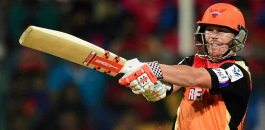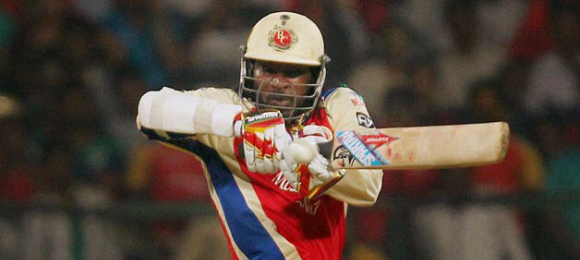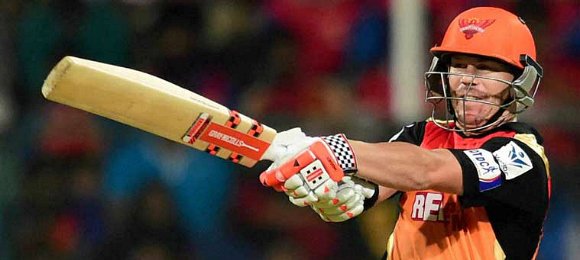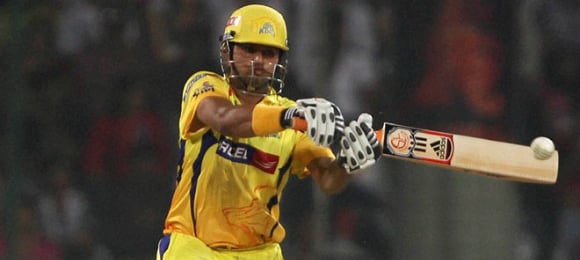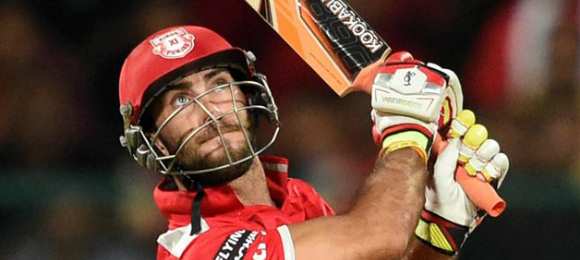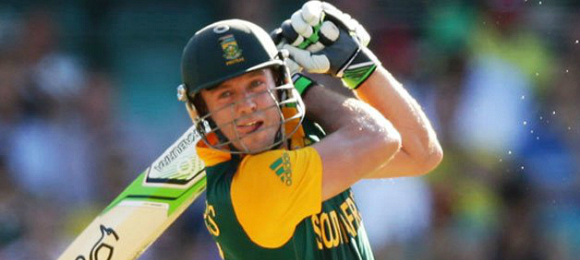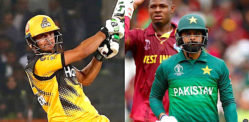“Bowling in modern day one-day cricket should come with a health warning.”
Those of you who watched the 2015 Cricket World Cup witnessed some of the most awe-inspiring batting performances.
Teams scored a total greater than 300 on 18 occasions, over 350 four times, and 400-plus three times.
A new type of batsman has emerged who will attack bowling, regardless of how accurate or aggressive it is.
This list of super humans includes AB De Villiers, David Warner, Brendon McCullum, Chris Gayle, and Martin Guptill, among many others.
This has all been incredibly exciting for the fans.
Many pundits believe that the Indian Premier League (IPL) has been the main reason for this transformation.
DESIblitz explores how the IPL has revolutionised batting in cricket.
1. Power hitting, Risk-taking, Big scores
One of the main purposes of T20 cricket, and IPL in particular, was about it being not just sport, but entertainment. It is not just important to win, but also to play in an exciting fashion.
With T20 being a shorter, quicker format, risk taking and big hitting are effectively the raison d’être of the IPL.
Players are batting with increased aggression, as their expectation of what they could possibly score, or chase, has risen dramatically.
When players get used to hitting big shots off fast, accurate, and dangerous bowling, they can replicate that in longer formats of the game.
This is precisely why we saw such huge scores and exciting innings at the 2015 Cricket World Cup.
Furthermore, there are many more results in test match cricket. Less matches are concluding as drawn tests. Chasing down big totals at a high run rate has now become a norm.
2. Transformation in techniques
In the pursuit of power-hitting, bigger scores, and more exciting batting, the way that the top batsmen are playing has evolved.
If you learned your cricket at a school or club in England, you would first be taught how to play a forward defensive.
But if you watch somebody like David Warner bat, he looks like he has learned how to wack it first, using his natural instinctive aggression. And then he has learned how to bat for a day and half after.
His back lift will be pointing towards the sky. This creates bat speed and momentum for a powerful stroke.
Previously, when a ball was bowled straight at the stumps, a batsman would block to protect the stumps. Nowadays, you are just as likely to see a massive swing resembling a golf drive.
In addition, movement at the crease can manipulate a middle-stump, deadly yorker, into a half-volley which can be hit for six.
3. Indian batsmen set a new standard
Indians were not known for being powerful hitters, or for having steely determination and strong temperament.
In the last decade, that changed, and a new generation of fearless and talented Indian batsmen came to the fore.
This included the likes of Virender Sehwag, Yusuf Pathan, Suresh Raina, and MS Dhoni.
Now the next generation carrying on the mantle include Virat Kohli, Rohit Sharma, Shikhar Dhawan, and Ajinkya Rahane.
The IPL became the perfect incubator for these Indian batsmen to adapt, and hone their skills. They then took this mentality to the Indian national team.
Former Australia captain, Ricky Ponting, believes that Indian batsmen set the benchmark for scoring at the highest run rates.
According to the Tasmanian, Australia aimed to learn from and emulate the Indians.
4. The World’s best players in one league
With an allowance of four foreign players per IPL franchise, the IPL promised to attract the best foreign talent to Indian shores.
This has meant an exchange of knowledge and expertise. On the one hand, foreign players have come to the IPL, learned from some of India’s best, and innovated and adapted their games.
On the other hand, young Indian players have learned an incredible amount from having mentors in their teams like the AB De Villiers of the world.
Having all of the world’s best players plying their trade in one league was unthinkable before the IPL. Now there is a huge pool of players finding new ways to solve cricketing conundrums in a collaborative effort.
5. A new breed of batsmen
The IPL has become the perfect arena for the most ambitious and innovative batsmen to adapt and innovate their trade.
Arguably the best one-day batsman in the world right now is South Africa captain AB De Villiers. According to Jacques Kallis, he said: “I want to revolutionise the way one-day cricket is played.”
Talking about De Villiers, Kallis said: “He’s such a tough guy to bowl to. He’s got a shot for any delivery the bowler bowls. He doesn’t give himself one option.”
He added:
“The scary thing is how consistently he’s doing it. And not just him. Other batsmen around the world too. They’ve changed batting in one-day cricket, and it’s so fun to watch.”
There are other factors too, which one would argue are directly or indirectly related to the IPL, such as increased weight and thicker edges of bats, and reductions in the size of pitches.
Regardless of the reasons, this new style of batting is great for the spectators, but is increasingly a headache for the bowlers.
As former England pace bowler and cricketing pundit, Bob Willis, said: “Bowling in modern day one-day cricket should come with a health warning.”



















































